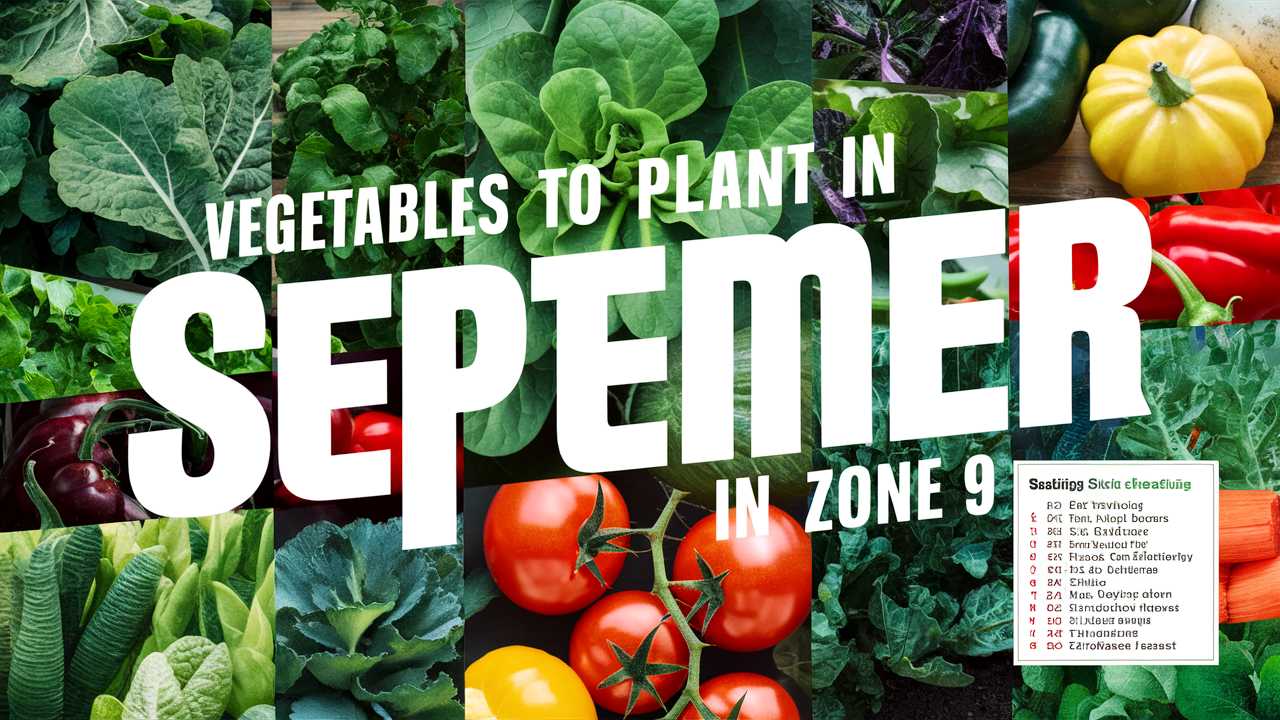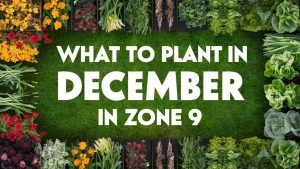Zone 9 offers a unique gardening opportunity due to its mild winter climate and longer growing season compared to other zones. This makes September an optimal time for planting a second round of crops, especially as the intense summer heat begins to wane.
Below, we’ll explore a variety of vegetables and herbs that thrive in Zone 9 during September, taking into account their specific temperature tolerances, ideal planting times, and other essential care tips.
Vegetables To Plant
Tomatoes
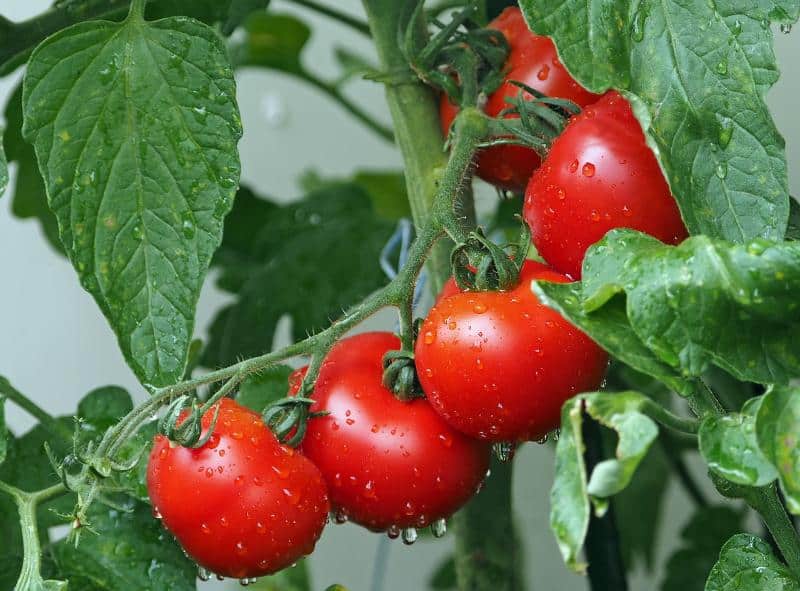
Tomatoes are staples in many gardens, and September is a fantastic time to plant certain varieties, particularly quick-maturing types. Varieties such as ‘Early Girl’ or ‘Sungold’ can be planted now and harvested before the first frost.
Temperature Tolerance: Tomatoes thrive in temperatures ranging from 70°F to 85°F during the day and above 50°F at night.
Planting Instructions: Start seeds indoors in late August and transplant them outdoors in early September. Make sure to provide support for the plants as they grow; cages or stakes work best.
Lettuce

Lettuce prefers the cooler temperatures of fall, making it ideal for September planting. With many varieties to choose from, including leaf, romaine, and butterhead, lettuce grows quickly and can be continuously harvested.
Temperature Tolerance: Lettuce thrives at 60°F to 70°F and can withstand slight frosts.
Planting Instructions: Sow seeds directly into the ground or in containers. Keep the soil moist, as seeds need ample moisture to germinate quickly.
Peppers
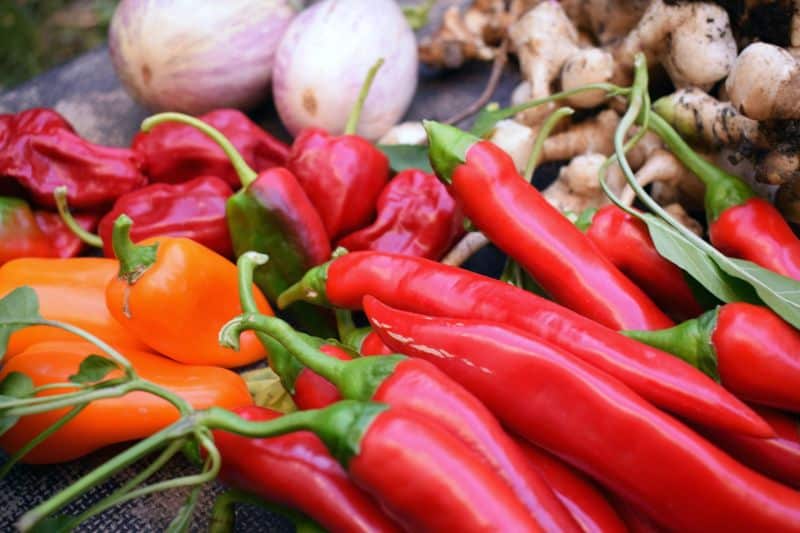
Both sweet and hot peppers can still be planted in early September. Varieties like ‘Bell,’ ‘Jalapeño,’ and ‘Cayenne’ are great options for Zone 9 gardeners.
Temperature Tolerance: Peppers prefer daytime temperatures between 70°F and 85°F and nighttime temperatures above 55°F.
Planting Instructions: Start seeds indoors in late August or purchase young plants from a nursery for September transplanting. Ensure they get full sun and well-drained soil.
Spinach
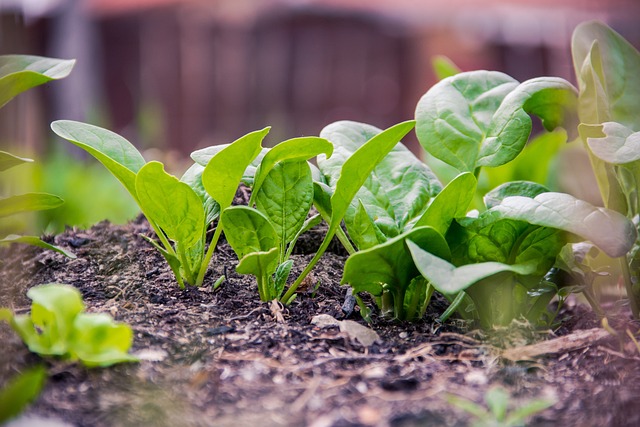
Spinach is a nutrient-dense leafy green that thrives in the cool weather of fall, making September an excellent time to sow seeds.
Temperature Tolerance: Spinach grows best at temperatures between 50°F and 60°F and can tolerate light frost.
Planting Instructions: Seeds can be sown directly into well-prepared soil. Given that spinach seeds can rot in overly warm soil, ensure consistent watering without over-saturating.
Carrots

Carrots can be sown now for a fall harvest, as they tolerate cooler temperatures and can stay in the ground until they’re ripe.
Temperature Tolerance: Ideal for temperatures between 60°F and 75°F. They can survive light frosts, imparting a sweeter flavor.
Planting Instructions: Directly sow seeds in rows with well-loosened soil. Thinning is crucial for optimal growth—space plants about 2 inches apart once they germinate.
Broccoli

Fall is a perfect time to plant broccoli, as the cooler weather provides a fertile growing environment.
Temperature Tolerance: Broccoli grows best in temperatures between 60°F and 75°F and can withstand frost.
Planting Instructions: Start seeds indoors in early September or purchase young plants. Transplant them outdoors about 18 inches apart in rich, well-drained soil.
Beets
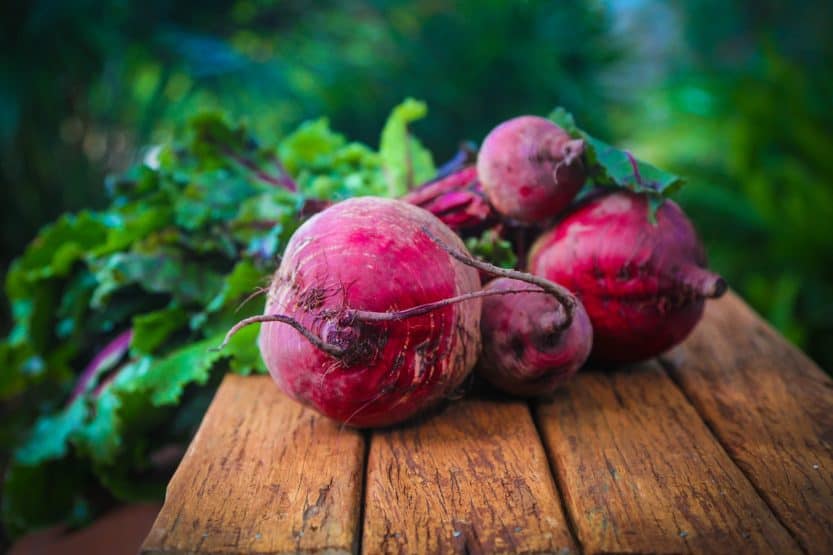
Beets are another excellent choice for September planting, providing both greens and roots for harvest.
Temperature Tolerance: They thrive in temperatures between 50°F and 85°F and can tolerate frost.
Planting Instructions: Sow seeds directly into the garden in well-prepared soil. Space seeds about 3 inches apart, and thin seedlings to about 6 inches once they start growing.
Radishes

Radishes are quick-growing and can be harvested just weeks after planting, making them ideal for the September garden.
Temperature Tolerance: Radishes prefer cooler weather, thriving at 50°F to 75°F.
Planting Instructions: Sow seeds directly in the garden at intervals of a few weeks for a continuous harvest. They grow well in most types of soil as long as it is well-drained.
Cauliflower
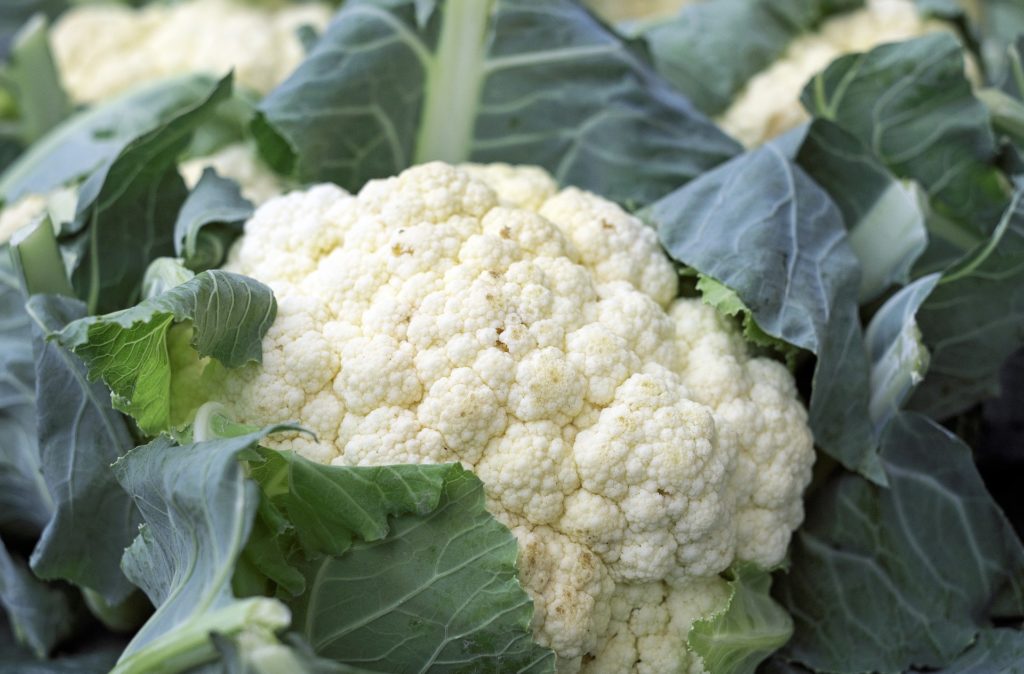
Cauliflower can be successfully planted in September, producing a delicious and nutritious crop in the fall.
Temperature Tolerance: This vegetable prefers cool temperatures, ideally between 60°F and 70°F.
Planting Instructions: Space plants about 18 to 24 inches apart to allow for ample head development. Keep soil well-fertilized and moist to prevent the heads from becoming stunted.
Kale
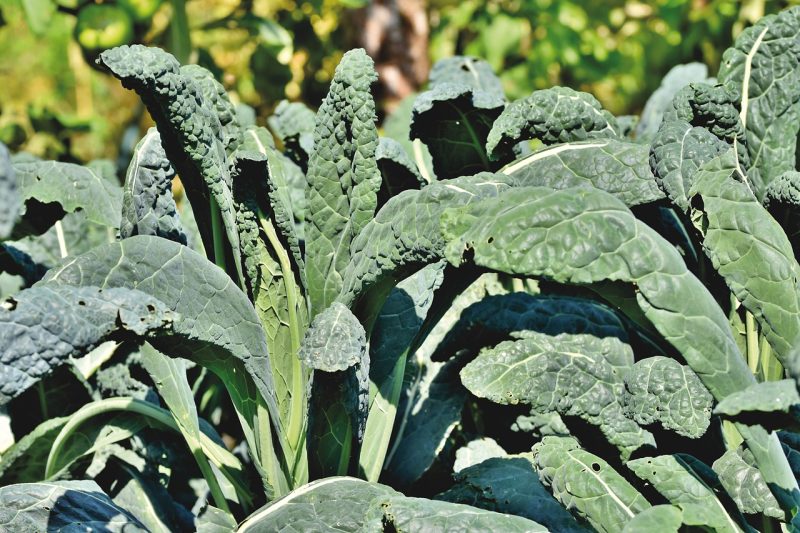
Kale thrives in cooler temperatures and can withstand frost, making it perfect for planting in September.
Temperature Tolerance: Kale grows best at temperatures from 45°F to 75°F and can become sweeter after a frost.
Planting Instructions: Sow seeds directly into garden beds or use pre-started transplants. Space them about 12 inches apart for adequate growth.
Swiss Chard

Swiss chard is another hardy green that performs beautifully in fall weather. It is easy to grow and continues to produce until winter.
Temperature Tolerance: It flourishes between 50°F and 75°F and can tolerate light frosts.
Planting Instructions: Directly sow seeds in well-prepared soil. Thin seedlings to provide adequate spacing, allowing for mature plant development.
Cucumbers
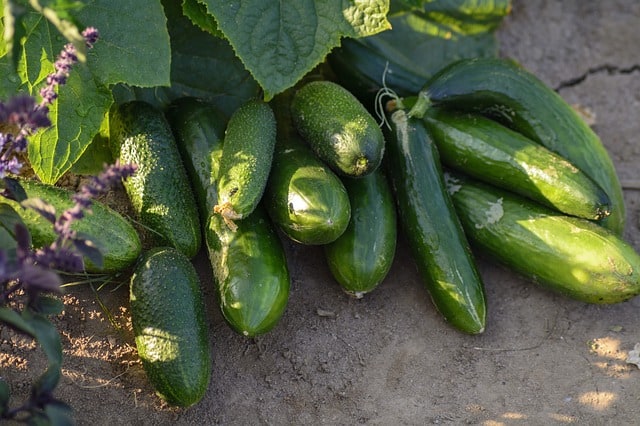
While cucumbers are usually a summer crop, many fast-maturing varieties can still thrive if planted early in September.
Temperature Tolerance: They grow best in warm temperatures around 65°F to 85°F, and should be planted after the last frost date.
Planting Instructions: Plant seeds in the ground or in containers in well-drained soil. They require full sunlight and plenty of water for optimal growth.
Zucchini
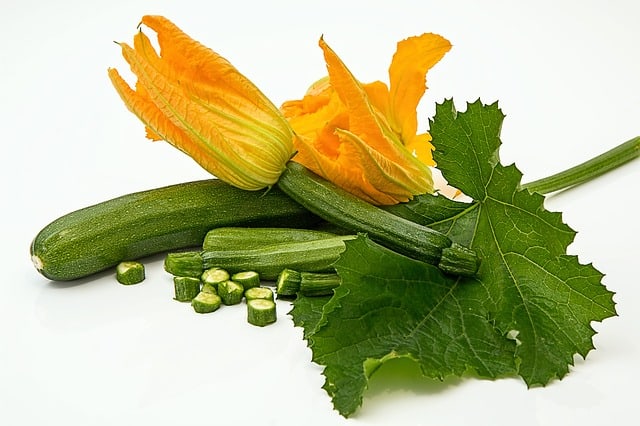
Zucchini is a prolific summer squash that can produce well into the fall when planted in early September.
Temperature Tolerance: They prefer temperatures between 70°F and 95°F.
Planting Instructions: Directly sow seeds into prepared soil, ensuring they have plenty of room to sprawl. Regular harvesting promotes further production.
Green Beans
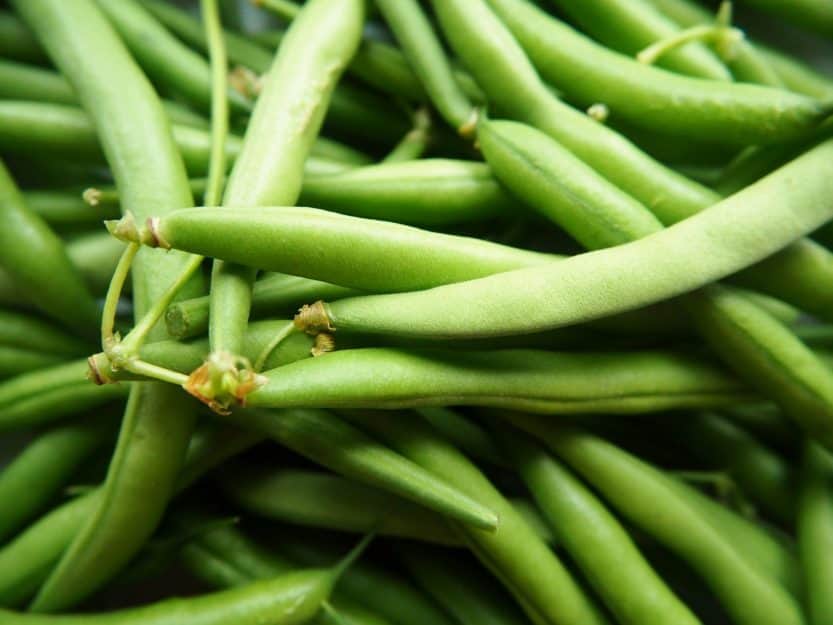
Green beans are a fast-growing annual crop that can be successfully planted in September in Zone 9.
Temperature Tolerance: Ideal temperatures are from 70°F to 100°F.
Planting Instructions: Sow seeds directly in well-drained soil. Beans need full sun and regular watering to thrive.
Garlic
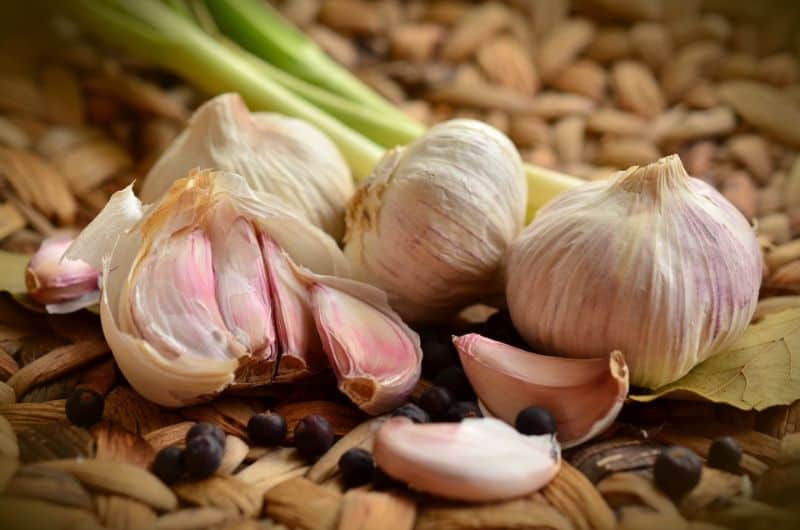
While traditionally planted in fall, garlic cloves can be planted in late September for a spring harvest.
Temperature Tolerance: Garlic prefers temperatures between 60°F and 75°F.
Planting Instructions: Plant individual cloves with the pointed end facing up, 2 inches apart and 6 inches deep. Mulching can help retain moisture and moderate soil temperature.
Onions
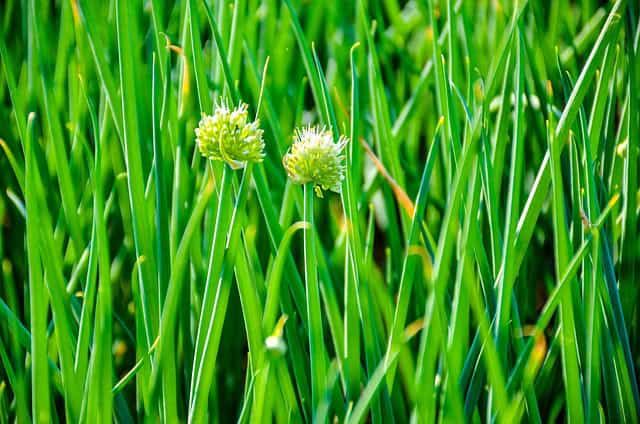
Onions can still be seeded in September for a spring harvest. Types like ‘Walla Walla’ or ‘Texas Sweet’ are especially suited for fall planting.
Temperature Tolerance: They thrive in temperatures between 50°F and 75°F.
Planting Instructions: Sow seeds directly in well-prepared soil or plant onion sets if you prefer quick results. Space them about 4 inches apart.
Potatoes
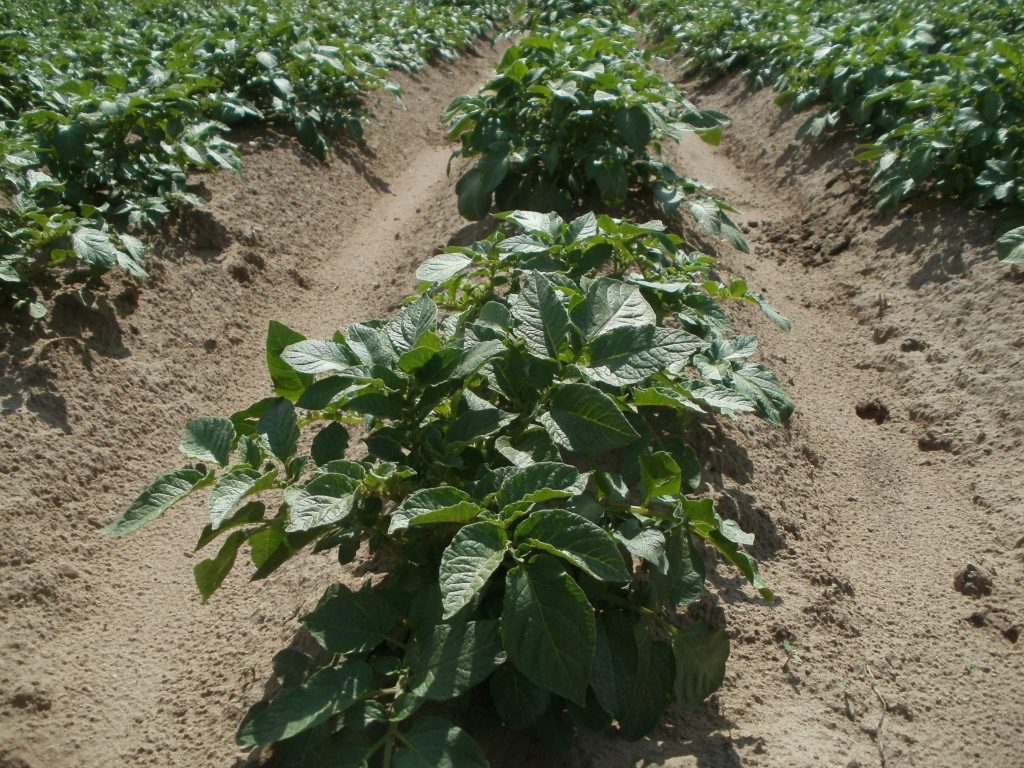
While not typically planted in September, certain varieties like ‘Yukon Gold’ can be sown for a late fall harvest.
Temperature Tolerance: Potatoes do best at temperatures ranging from 60°F to 75°F.
Planting Instructions: Cut seed potatoes into pieces, each with at least one eye. Plant them in rows, burying them deep enough to protect from frost.
Brussels Sprouts
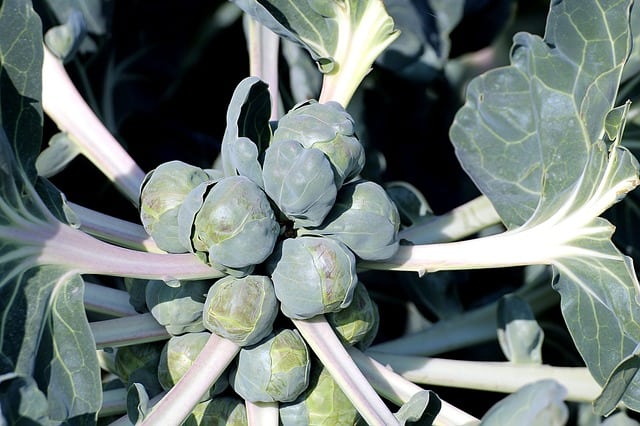
Brussels sprouts thrive in cooler temperatures and can be planted now to yield a fall harvest.
Temperature Tolerance: Ideal temperatures are between 60°F and 70°F, and they can withstand frost well.
Planting Instructions: Space plants 18 to 24 inches apart, allowing for proper spacing and air circulation. Regular watering is crucial to developing sweet, tender sprouts.
Winter Squash
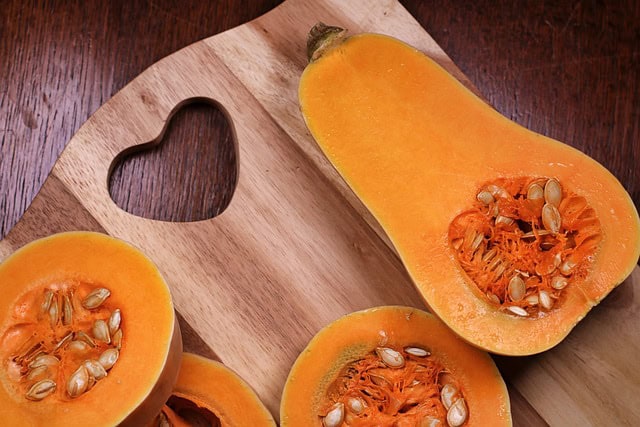
Late September is a great time for planting winter squash varieties such as butternut or acorn squash in Zone 9.
Temperature Tolerance: They flourish in warm soils around 70°F to 95°F.
Planting Instructions: Plant seeds in mounds of well-draining soil. They need full sun and sufficient space as they spread.
Parsnips

Parsnips prefer cooler temperatures and can be sown now for a late fall harvest.
Temperature Tolerance: Their ideal growing temperature is between 50°F and 70°F.
Planting Instructions: Directly sow seeds into loose, well-prepared soil. Space them about 6 inches apart, as they grow long roots.
Collard Greens
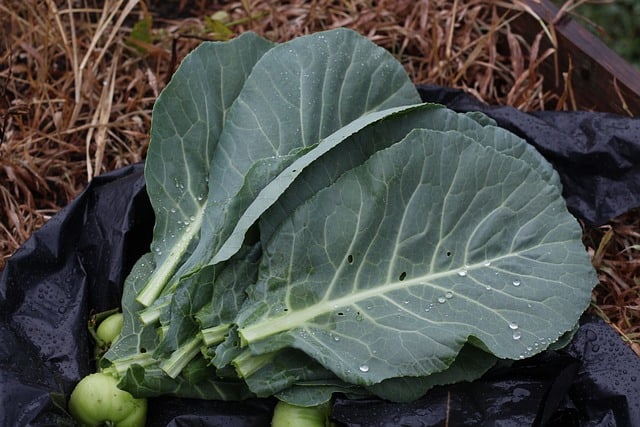
Collard greens are another hardy, leafy green that can be successfully planted in the cooler September weather.
Temperature Tolerance: They thrive in temperatures from 60°F to 70°F and can withstand frost, enhancing their flavor.
Planting Instructions: Sow seeds directly into moist soil and thin seedlings adequately to promote healthy growth.
Turnips
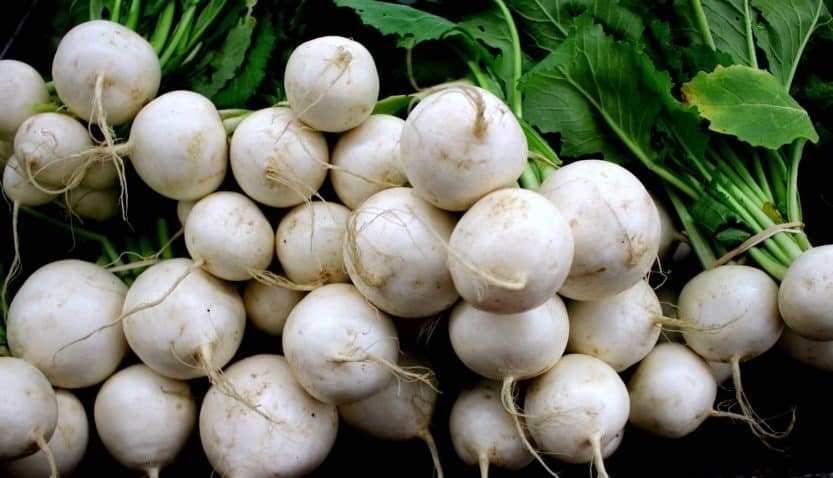
Turnips are quick-growing crops that can be harvested in under two months, making them an excellent option for September planting.
Temperature Tolerance: They prefer cooler growing conditions, ideally between 50°F and 80°F.
Planting Instructions: Sow seeds directly in rich, well-prepared soil. Space them about 4 inches apart for optimal growth.
Herbs To Plant
Basil
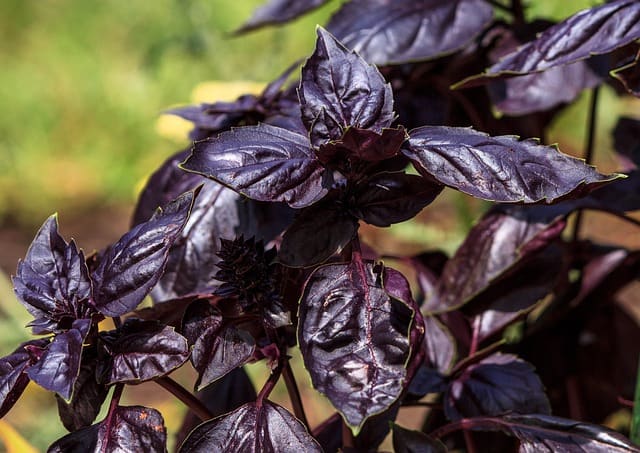
Basil is a fragrant herb that prefers warm temperatures and can be planted early in September before the weather cools significantly.
Temperature Tolerance: Optimal growth occurs between 70°F and 85°F.
Planting Instructions: Both seeds and seedlings can be planted. Choose a sunny location with well-drained soil.
Cilantro

Cilantro can be sown in September, as it enjoys the cooler weather that begins to set in during fall.
Temperature Tolerance: It flourishes best at temperatures from 50°F to 75°F.
Planting Instructions: Sow seeds directly into the garden, ensuring they receive plenty of sun and consistent watering for optimal growth.
Chives
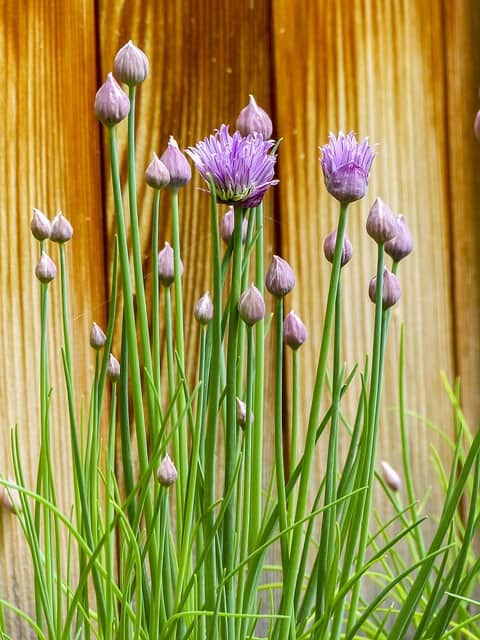
Chives are hardy and can withstand cooler temperatures, making them perfect for early autumn planting.
Temperature Tolerance: Ideal temperatures are between 50°F and 70°F.
Planting Instructions: Sow seeds directly into well-prepared soil. They do well in containers, requiring moderate sunlight and watering.
Parsley

Parsley is a nutritious herb that prefers cooler growing conditions, making September a suitable planting time.
Temperature Tolerance: Parsley thrives between 50°F and 75°F.
Planting Instructions: Sow seeds directly into the garden and keep the soil well-watered. It benefits from some shade in hotter months.
Dill
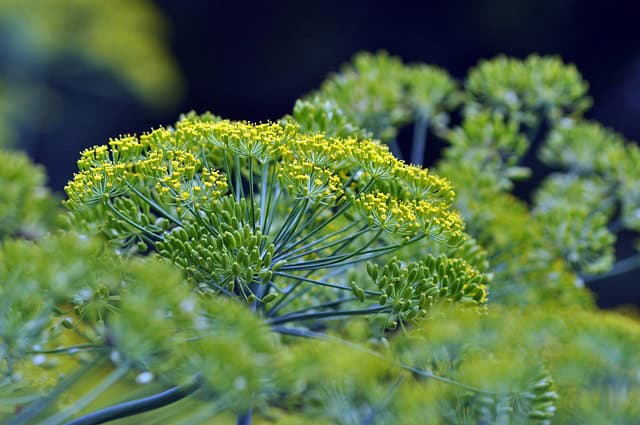
Dill prefers cool weather and can be planted in September, providing great flavor as well as attracting beneficial insects to the garden.
Temperature Tolerance: Thrives at temperatures from 60°F to 70°F.
Planting Instructions: Directly sow seeds into well-draining soil. Thin seedlings to ensure adequate spacing for optimal growth.
Oregano

Oregano is a robust herb that can be started in September for a late fall harvest.
Temperature Tolerance: It thrives at temperatures ranging from 60°F to 75°F.
Planting Instructions: Plant seeds or seedlings in well-drained soil. Regular trimming will encourage bushier growth.
Thyme
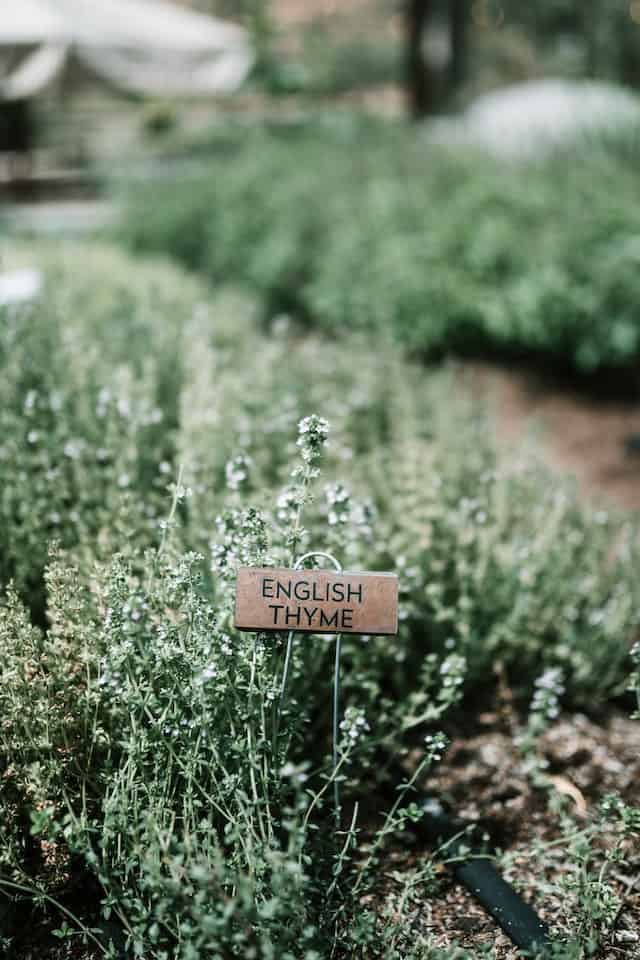
Thyme is a hardy herb that can also be planted in September, thriving in cooler weather.
Temperature Tolerance: It enjoys temperatures between 60°F and 70°F.
Planting Instructions: Directly sow seeds in well-draining soil. Thyme requires full sun and minimal watering once established.
Mint
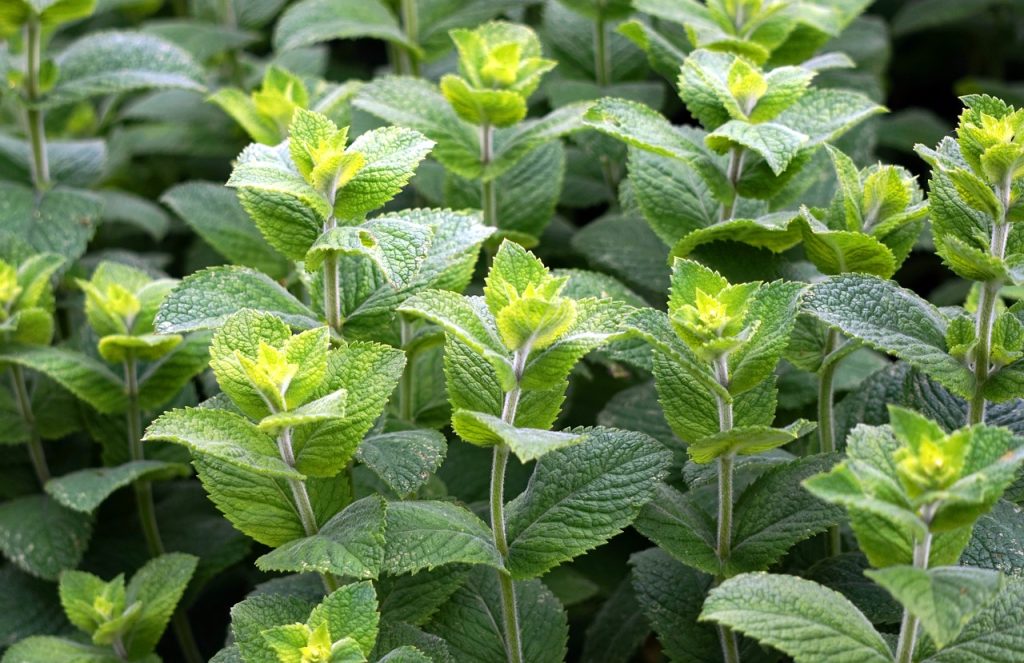
Mint is a resilient herb that can grow well even in cooler temperatures, making it suitable for fall planting in September.
Temperature Tolerance: It thrives in temperatures from 60°F to 75°F.
Planting Instructions: Plant seeds or cuttings in rich, well-drained soil. Be cautious; mint can spread rapidly and may need containment.
Sage

Sage is a versatile herb that can be planted in September, as it prefers cooler climates to grow well.
Temperature Tolerance: Looks good when temperatures range between 60°F and 70°F.
Planting Instructions: Sow seeds or plant transplants in rich soil, ensuring full sun and adequate spacing to promote airflow.
Rosemary

Although rosemary is a perennial, establishing it in September allows it to take root before winter.
Temperature Tolerance: It prefers warm conditions but can tolerate cooler grows in late summer.
Planting Instructions: Plant cuttings or young plants in well-drained soil. Regular pruning encourages bushier growth, which enhances flavor.


